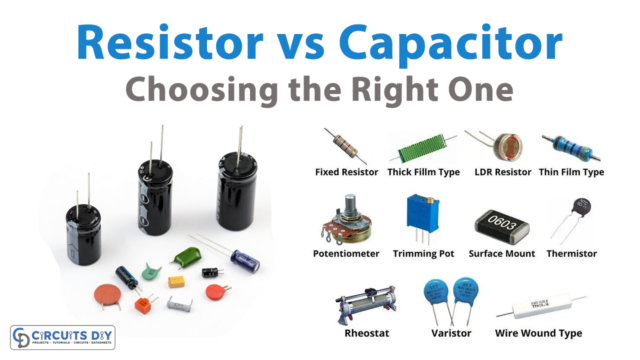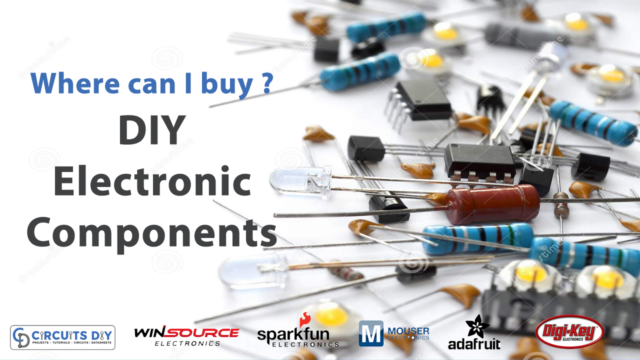Introduction
Before using microcontroller chips, we need to ensure they are connected. If they aren’t, they will not work. At this point, we can do a test on a semiconductor. In what way does a semiconductor test work? Integrated Circuits (ICs) Testers, microchips, or “chips” for short, are common names for semiconductor tests.
To compare the values of IC chips, a system called an IC tester or semiconductor test equipment sends electrical signals to them. The system will then compare the value it received with the value it thinks the IC chips will return. This testing aims to see if the device works the way it is supposed to. Different kinds of integrated circuit testers are logic, memory, and analog testers.
Smartphones, computers, and almost anything else with electronic parts have microchips and semiconductors. Testing semiconductors before installing microcontrollers could cause many electronic devices to stop working or last less than expected.
Origination
Before making any chips, the testing phase begins. To get the desired firmware/performance characteristics, the semiconductor design goes through many tests and changes. That is what we call this process.
Validation
Once the design is complete and the first batch of chips is made, testing is done again to ensure that the chips’ performance matches the original design goals. Burn-in is one way to find chips that are about to fail. Companies that make things test them carefully in harsh conditions like high voltage, low and high operating frequency, high ambient temperature, etc. The testing takes place in a lab.
Production
The final fabrication yield can be hard for companies that make silicon. It is a huge but necessary job to test every chip. With many input/output (I/O) ports, modern automatic test equipment (ATE) hardware can record and process huge amounts of data. Quality and yield are the first things that go into making electronic test and measurement equipment.
Selecting the Right Test Connector
When choosing connectors for testing, it is important to consider mechanical, electrical, environmental, and other factors. Some electrical factors are signal loss, the current capacity of the connector, contact resistance, and the resistance to current flow.

Accelerated Life Testing
To get accurate reliability predictions from accelerated temperature testing, you must know how hot the device’s channel is. A semiconductor transistor has many places where current flows and power is lost while working. The temperatures in these active areas change a lot. The chemical and physical changes that lead to failure are in these hotter spots. So, to get a good idea of activation energy—a standard number for a change in time in a mechanical or chemical process—you need to know the temperature in these areas.
Measuring the channel temperature is necessary before putting a device through a life test. Some things that can change the channel temperature are the temperature outside, the device’s thermal resistance, the packing and mounting materials, the loss of power, and the signal strength. Channel temperature errors can make it hard to get accurate information about the failure rate from ALT processes that use radio frequency devices.
Conclusion
Testing semiconductors ensures that electronics like computers and phones work well and are reliable. Burn-in and accelerated life testing help find problems with the design and the production process. When picking test connectors, you must consider signal loss and contact resistance. For accurate test results, measuring the channel’s temperature is a must. Delivering high-quality electronics that work well requires thorough testing.






